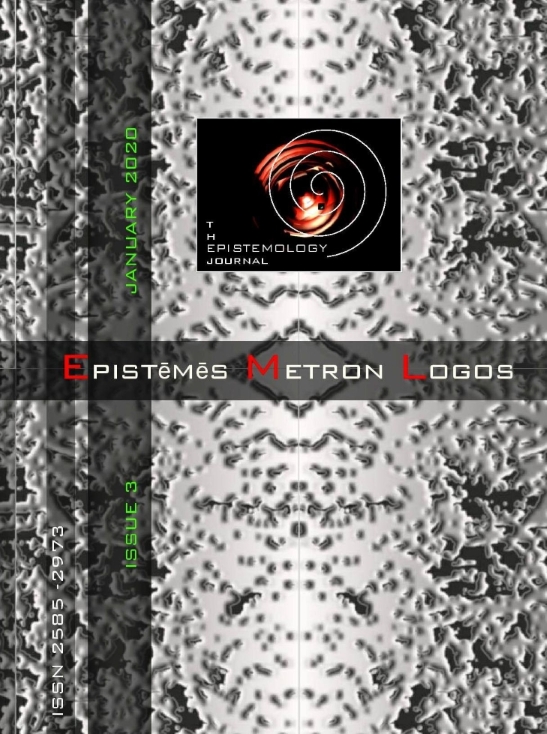Perspectivism of the Renaissance Thought
Resumen
The starting point of the essay is clarifying the difference between the mono-perspective and multi-perspective vision of reality. Off-course the terms perspective, mono-perspective and multi-perspective are not self-explanatory and the meanings of these terms need to be formally analysed. After making the formal difference between mono-perspective thinking and multi-perspective thinking a content difference needs to be made. Namely, why is the Renaissance vision of reality multi-perspective and the Middle-Age vision of reality mono-perspective? The answer to this question needs to be given by the analysis of the original works of the Renaissance thinkers. Our undertaking will not be limited in analysing only one discourse but following the subject from a methodological point of view in a multi-perspectivism way. Therefore, three different discourses will be analysed:
- The discourse of philosophical anthropology with Mirandola’s vision of man as a paradigmatic example-
- The discourse of philosophy of nature, with Bruno’s vision of the universe as a paradigmatic example-
- The discourse of art history in which four paintings will be analysed: these paintings can be considered of having philosophical, value because they provide a picturesque representation of what the Renaissance “world” was really like.
Article Details
- Cómo citar
-
Menčik, D. (2020). Perspectivism of the Renaissance Thought. Epistēmēs Metron Logos, (3), 8–24. https://doi.org/10.12681/eml.22101
- Sección
- Publishing partner

Esta obra está bajo una licencia internacional Creative Commons Atribución-NoComercial 4.0.
Authors who publish with this journal agree to the following terms:
Authors retain copyright and grant the journal right of first publication with the work simultaneously licensed under a Creative Commons Attribution Non-Commercial License that allows others to share the work with an acknowledgement of the work's authorship and initial publication in this journal.
Authors are able to enter into separate, additional contractual arrangements for the non-exclusive distribution of the journal's published version of the work (e.g. post it to an institutional repository or publish it in a book), with an acknowledgement of its initial publication in this journal.
Authors are permitted and encouraged to post their work online (preferably in institutional repositories or on their website) prior to and during the submission process, as it can lead to productive exchanges, as well as earlier and greater citation of published work.



